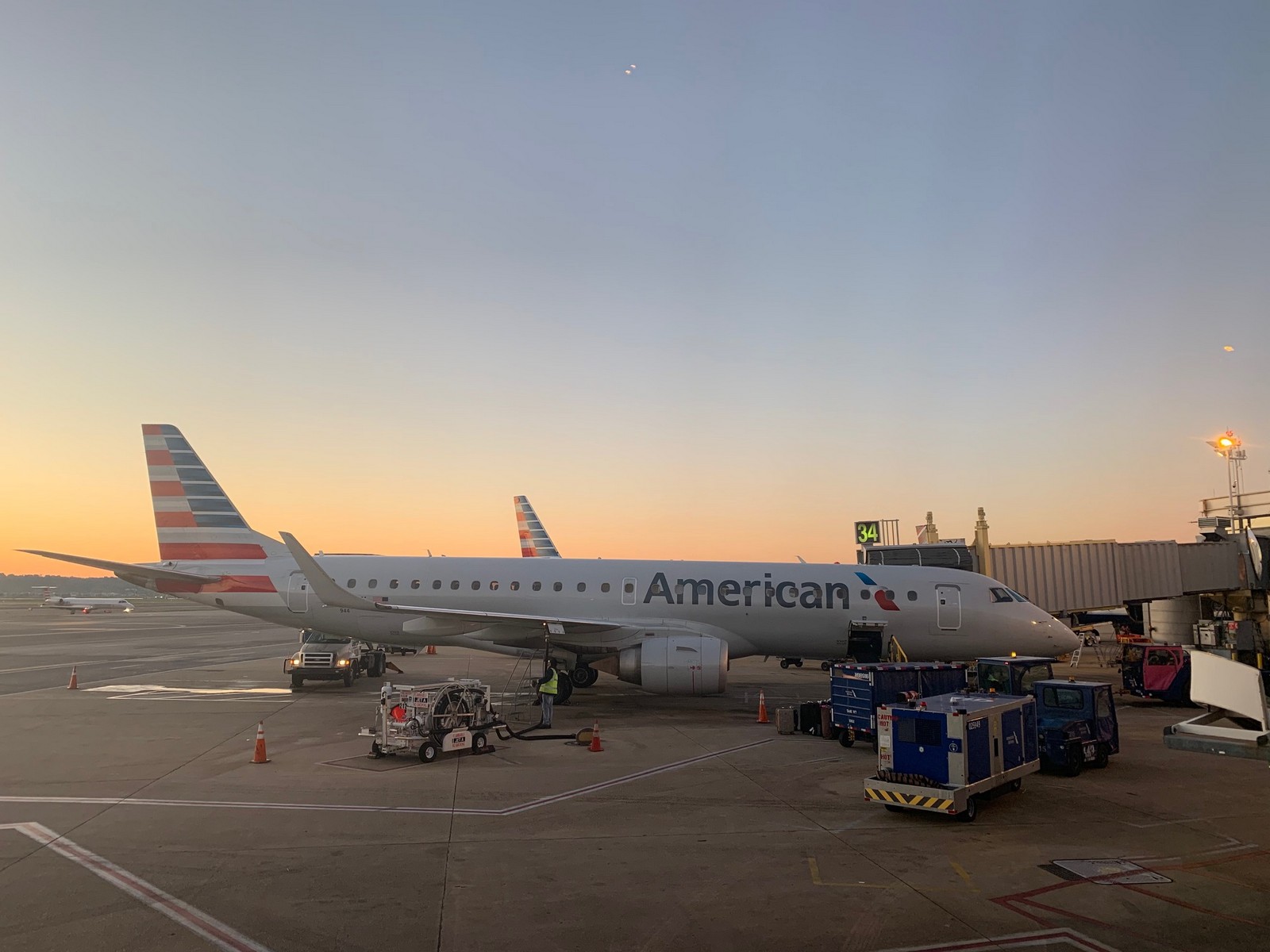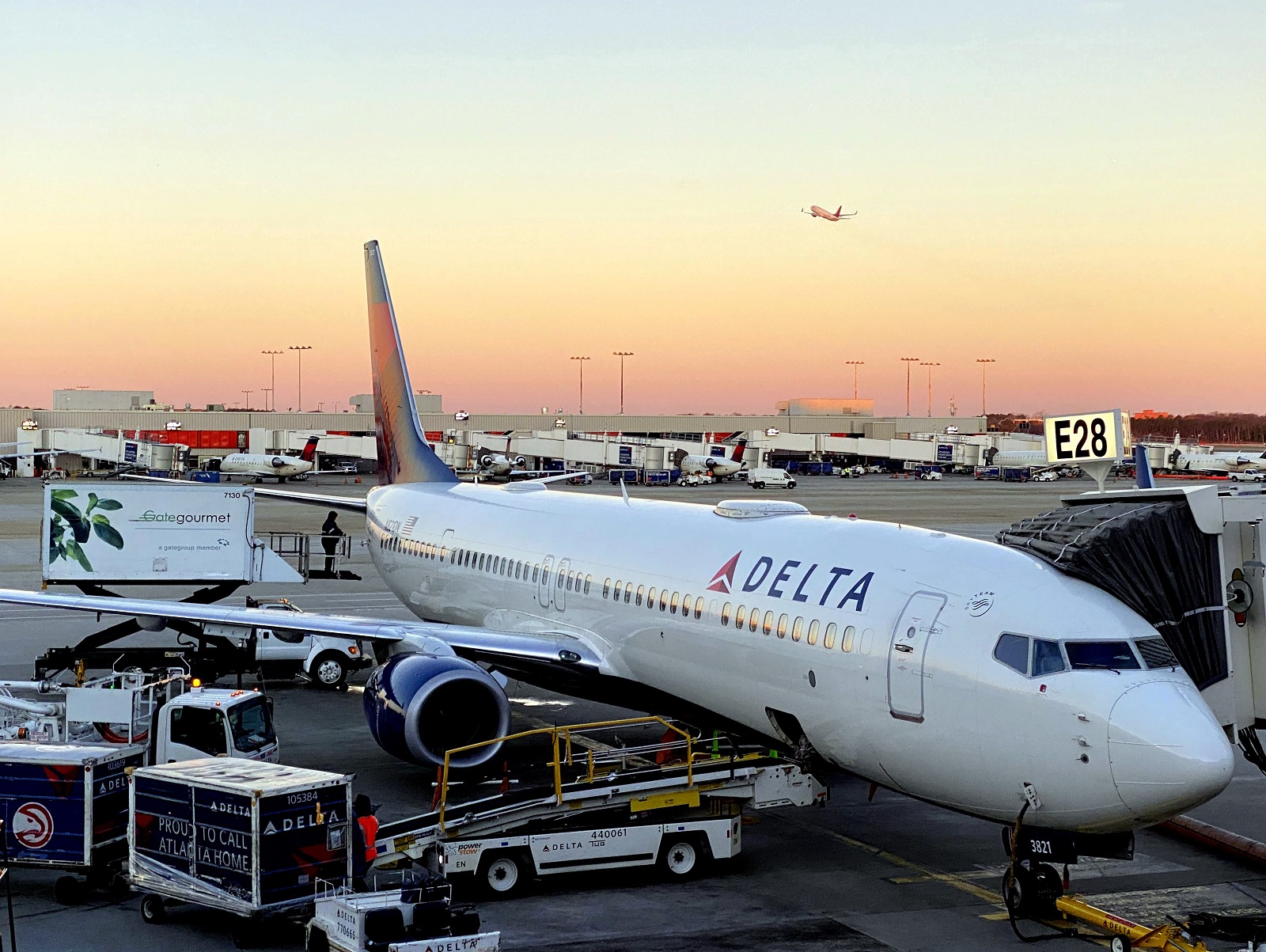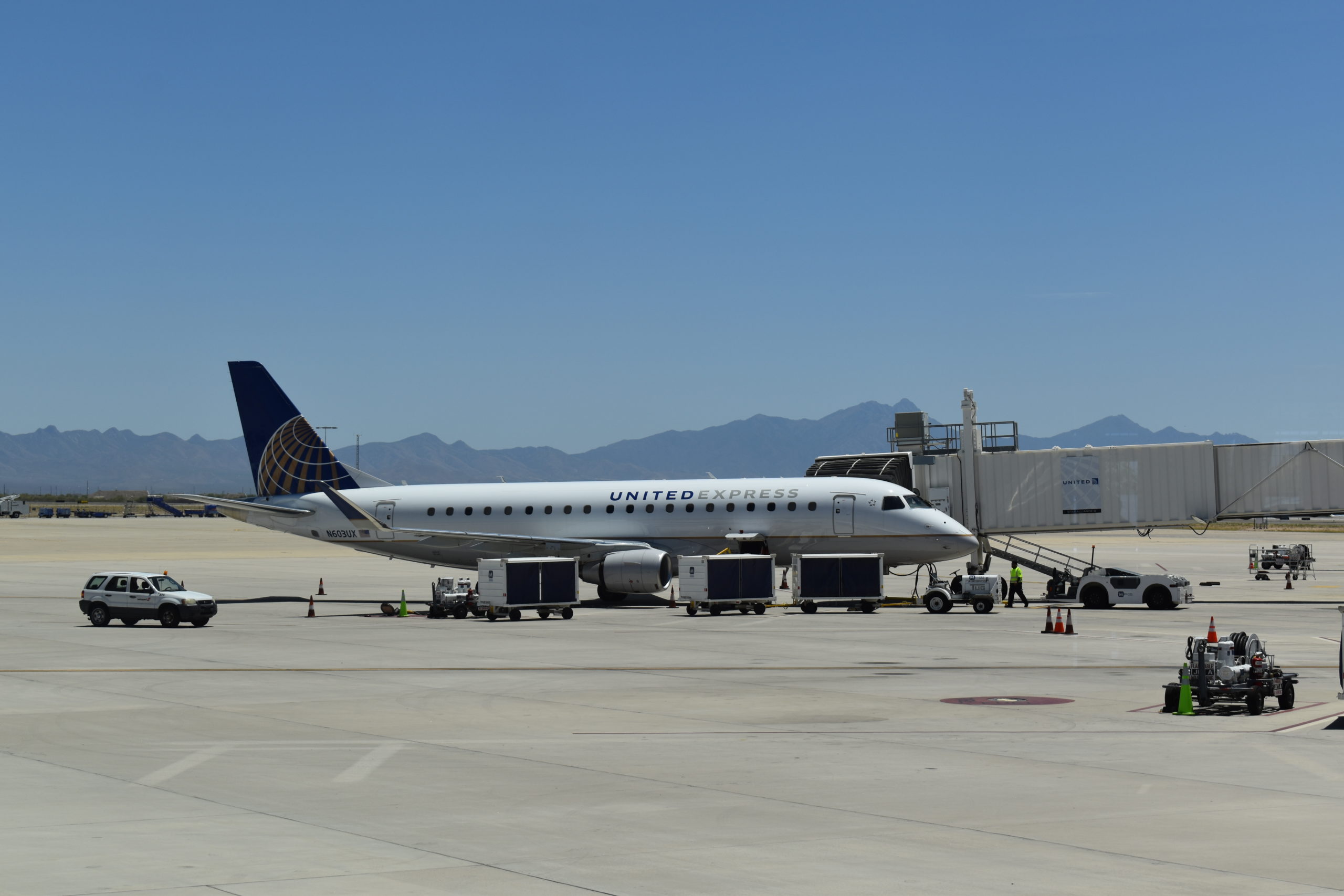
Award Routing Rules You Need To Know When Trying To Use Your Miles
Depending on what program you’re booking with, there are different award routing rules you need to know. Each program has its own rules for award tickets and routing options. Knowing these award routing rules can help you brainstorm, plan, and then ultimately find the flights you really want for your upcoming trip. Let’s look through the major US-based programs to understand any award routing rules that you need to know when planning your upcoming trip.
Key Terminology
To understand various award routing rules, what you can and can’t do, we’ll need to use some terms. Here are the relevant terms and what they mean:
- Backtracking – this refers to first moving in one direction and then going the other way. If you start flying East, going West is considered backtracking.
- MPM – maximum permitted mileage. This refers to how many miles/how much distance you’re allowed to add beyond flying straight from A to B. Typically, most routes allow for exceeding the straight line distance by 10% to allow for connecting flights.
- Publicly Available Fare – if you search online, could you buy this ticket from the airline’s website? If so, it’s a “publicly available fare”. This term matters for discussing whether you are bound to these or can fully customize your award ticket route.
- Third Region – this refers to geographic regions that don’t include your starting and ending points. For example, if you’re flying from the U.S. to South Africa, “third region” would refer to places like Europe or the Middle East. This term matters for discussing whether you can connect via third regions or not.
Alaska Airlines – Mileage Plan
The Mileage Plan program from Alaska Airlines has some very unique rules. Their program is also one of the easiest to earn status with, in case you’re interested. Additionally, they’re one of few programs that still allows stopovers, which you can learn about here. Alaska Airlines has a wide mix of partners, and you’ll need different amounts of miles depending on what airline you’re flying with, and Alaska creates limited options and some lack of freedom on route possibilities. Here are the rules we’re working with for award bookings via Mileage Plan.
Backtracking
You effectively cannot backtrack on Alaska Airlines awards because of other rules they’ve put in place. First, you cannot use more than one partner. You cannot take flight 1 on American Airlines and flight 2 on Emirates. You can use 1 partner + Alaska Airlines itself. That’s it. Because this creates straightforward flight routes and because of Alaska’s “most direct route” requirement, it’s basically impossible to backtrack, even if there’s no written rule saying this is prohibited.
MPM Rules
Alaska’s Mileage Plan program doesn’t operate on MPM. Instead, it operates on separate award charts for each partner airline. If there’s no award chart for the flights you want, you can’t book them. For instance, you cannot book an Emirates flight from Dubai to Europe or to Asia. You must start in North America for Emirates bookings. Alaska’s different award charts and mileage requirements can be found here.
Publicly Available Fare
While there may be a publicly available cash fare, that doesn’t matter. If there’s no award chart published by Alaska, you can’t book it.
Third Region
You can transit third regions with Alaska, but not “as you please”. It ties to the carrier you are using. You can transit Hong Kong or Dubai between the US and Australia, because Alaska publishes award charts for Emirates and Cathay Pacific that include options for booking tickets between the US and Australia this way. Thus, you can transit a third region. You can only transit third regions where it applies to the route & carrier for that award chart.

American Airlines – AAdvantage
There are both generous and head-scratching rules at play when booking award with American Airlines through their AAdvantage program. American Airlines operates based on regions, which you can find here. Here are the applicable rules for AAdvantage awards:
Backtracking
You must fly in the shortest direction to your destination, generally speaking. American Airlines says this is based on customer intention. If there are no open seats on the shortest path to your destination, they may offer you other options. However, you can’t “intentionally” fly a circuitous route. This is quite subjective, obviously.
MPM Rules
On award routes, AAdvantage allows you to exceed the published MPM numbers by 25%. That’s a lot of extra distance, especially when you’re crossing oceans.
Publicly Available Fare
You cannot create custom bookings that are not publicly available. If you cannot book this ticket in cash with the airline you intend to fly on, you can’t book it with miles from American Airlines. This means searching something like Kayak or Expedia and getting a “hacker fare” with a mix of different airlines isn’t sufficient verification. Go to the website of the airline itself and see–before wasting your time searching AA’s site.
Third Region
On most awards, you cannot transit through a third region. If you want to, you’ll have to book 2 separate awards. However, there are exceptions. The best way to understand and summarize these exceptions is the following:
- Third region transit is allowed only when there is a lack of direct connections or when you are passing over a third region that’s in between your starting and ending points.
- If there is a oneworld carrier based there, you can probably transit that city (not that country) when flying in AND out on that carrier. Example: from the US to India, you can transit via Hong Kong but only if the flight in and flight out of Hong Kong are on Cathay Pacific. Similar rules apply to using Doha (Qatar) and Abu Dhabi (Etihad) as transit points for itineraries that lack direct flights to the end destination.
See more: What I would do with 70,000 AAdvantage miles
Delta – SkyMiles
The Delta SkyMiles program also operates a region-based award system, seen here. Delta has not published an official award table (“you need x miles to fly from A to B”) in a long time, which means you typically pay more for popular routes and popular dates, less for flying in off-season periods, etc. Here are the important things to know when planning award travel with Delta Skymiles as your currency.
Backtracking
Delta’s rules do not specifically prohibit backtracking. This may be required for certain itineraries with multiple layovers. With Delta’s dynamic pricing system, you may pay more or less for itineraries that are faster/slower or have more/less connections. It can be unpredictable, but the point is that backtracking is not prohibited.
MPM Rules
Unfortunately, Delta does not make its MPM amounts or rules publicly available, they just say you can’t break the rules. It can vary by route and by direction to your destination. For example, flying across the Pacific or across the Atlantic to your destination might have a different MPM rule on Delta awards. You can either call them to ask or using a paid premium account with Expert Flyer to find this, if you really need the details. Delta tends to show multiple different route options with partners, layover cities, etc. when searching for awards, which can help you when you don’t know the specifics.
Publicly Available Fare
Similar but different to the concept of a publicly available fare, Delta uses something called “married segment logic” to achieve a similar result. They consider some flight segments logically “married” and others not, so you cannot piece together an award that breaks this rule. Delta’s award routing rules require that segments make sense being put together, such as direction of travel or using an airport that makes sense, not connecting through a tiny airport in South Dakota on your way to Japan. What does this mean? It means that if you can’t find the ticket in cash from start to end, it doesn’t matter that you can find each flight “available” when searching piece by piece. The whole itinerary must meet the rule.
Third Region
Delta will allow transit through third regions when the itinerary meets the other rules. Even though Kenya Airways flies directly between the US and Kenya, Delta’s award routing rules allow for bookings that transit Canada and Europe.
See more: What I would do with 80,000 Delta SkyMiles
United – MileagePlus
We’ve previously talked about United MileagePlus with its region-based program when we introduced the Excursionist Perk and then also examined some more complex examples for really getting extreme value. Here are the award routing rules to keep in mind with United.
Backtracking
Some award routes will include backtracking, and this is not prohibited. Where United will draw the line is creating customized itineraries of any type, whether it applies to backtracking or not. For instance, you cannot find some flights that you like and then call United to put them together for you. If the website doesn’t show you that itinerary, you can’t book it, unless you want to pay for separate awards via a multi-city booking. Backtracking isn’t necessarily the factor that’s at play here.
MPM Rules
United is the most flexible of all the carriers on this, as they appear to have little (or no) restrictions on Maximum Permitted Mileage. From the US to India, you’ll see routes that are direct, via eastern Asia, via Europe, the Middle East, etc. This results in a wide range of options for bookings, carriers, layover cities, and obviously flight times.
Publicly Available Fare
United will not let you book a ticket that is not publicly available via their award search tool. As mentioned in the backtracking section, you cannot call and have these put together in 1 ticket.
Third Region
United prohibits most 3rd region travel if it doesn’t make sense. If you pass over this region, or it’s en route, you should be able to transit there if the connections are logical and follow other rules. It falls under the previous “direct route” concept we discussed, such as not going across the Atlantic/Europe/Asia to get to Australia from the US, because you must go across the Pacific.
See more: What I’d do with 100,000 United miles
Final Thoughts On Award Routing Rules
This can feel like drinking from a fire house, especially for beginners. It’s a lot to take in when trying to understand what you can and can’t do with your miles, especially if you’re trying to create a complex itinerary. From looking at the award routing rules with the major US airlines, you should have a clearer picture on what itineraries are possible. Each program has its strengths and weaknesses, and their rules are quite different. If you have any questions when trying to figure out award bookings, hopefully this will help.







[…] Award Routing Rules To Know: So you’ve earned the miles and have found award space. You’re ready to book right? Not so fast… Make sure you’re aware of the routing rules before you book that award flight! […]
Nice article. With American, the one thing I have trouble understanding is why you have to go to most of Asia via the west coast. That’s pretty inconvenient if you live on the east coast and at times the mileage flown is greater.
Christian – as with most, they prefer to route on their own metal. They don’t fly over the EU to get to China, for example, so they’ll send you to LAX and then from there to Asia. Logistically, I get your point, but this is my guess at their reasoning.